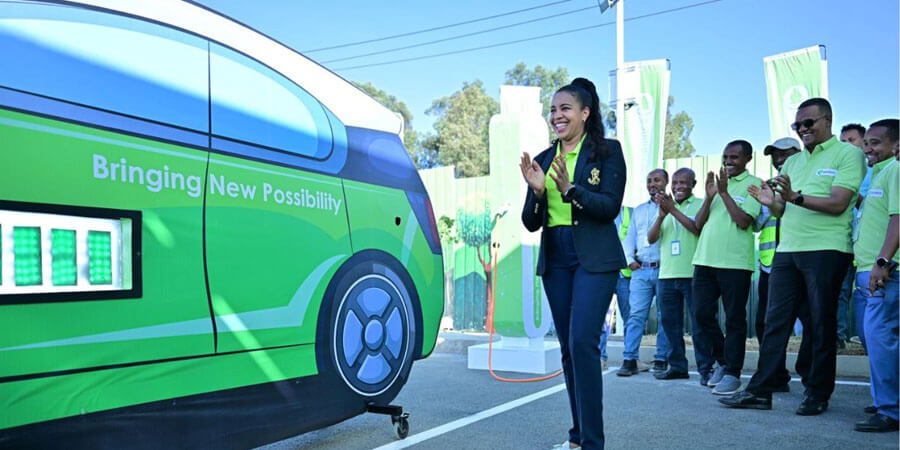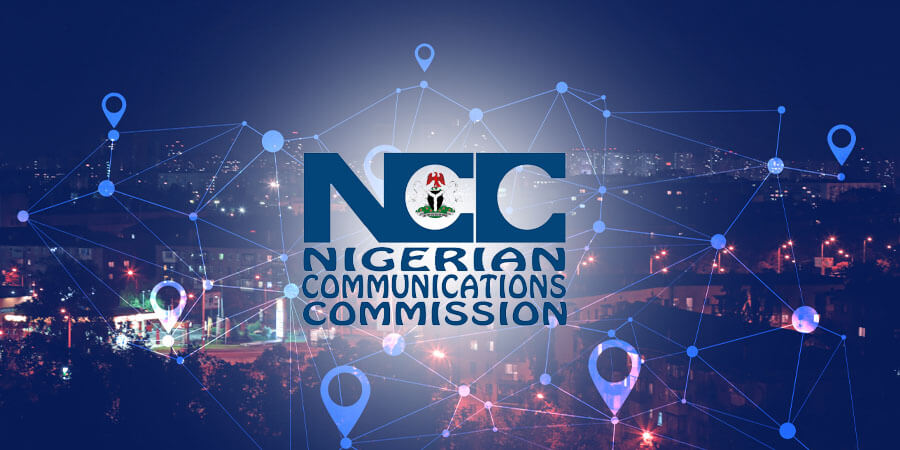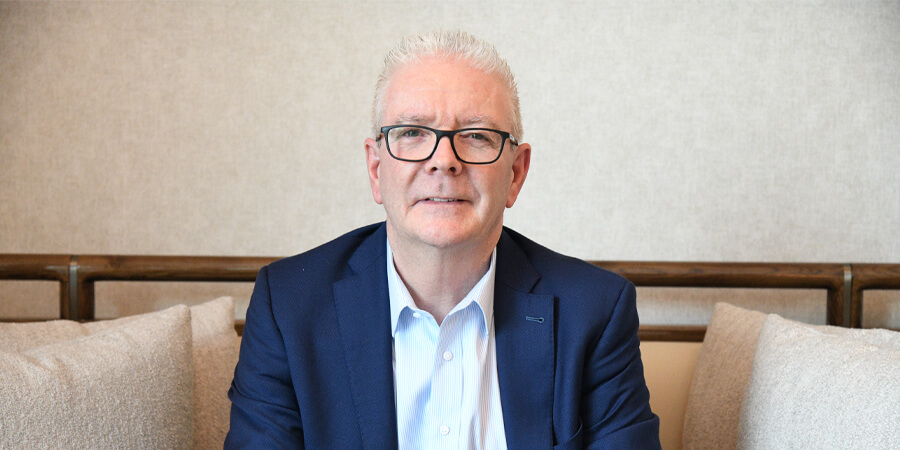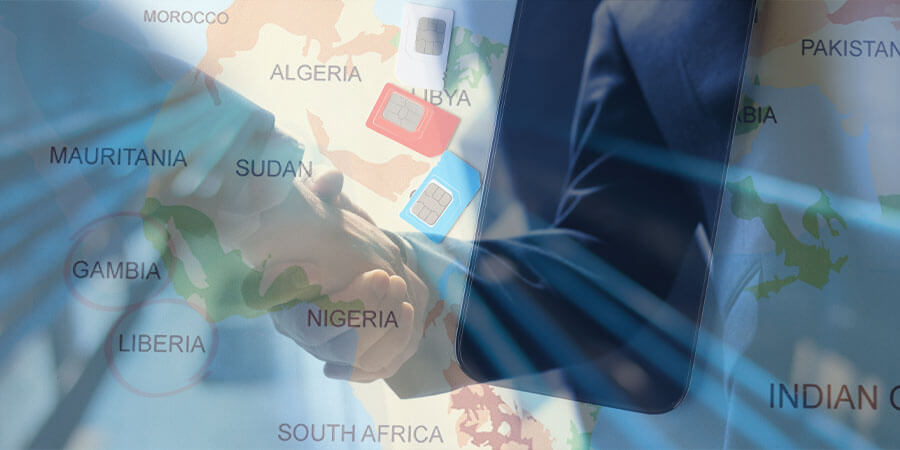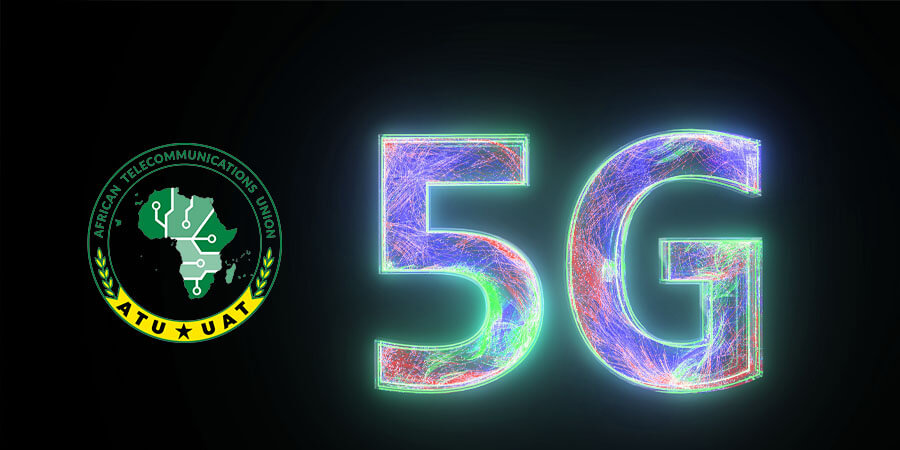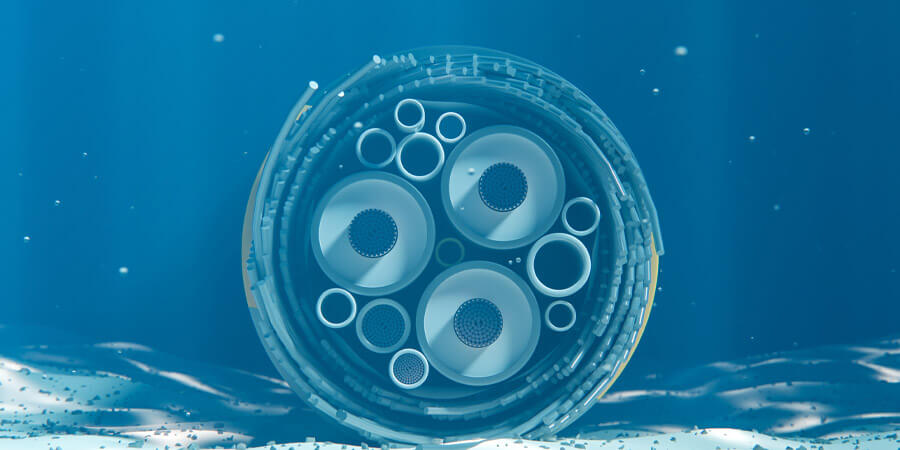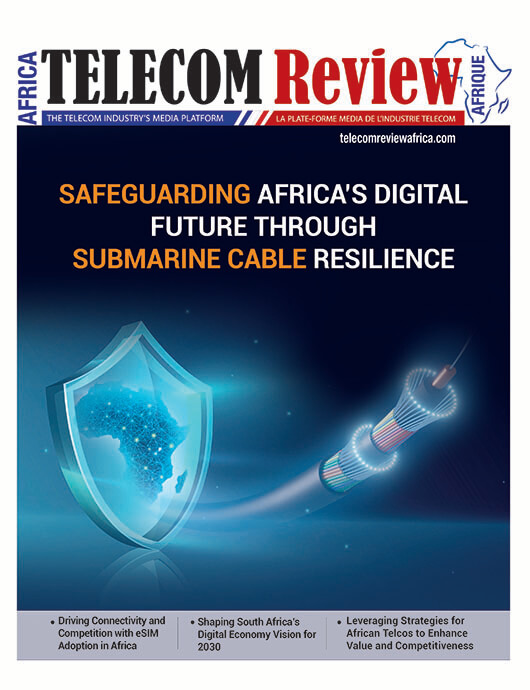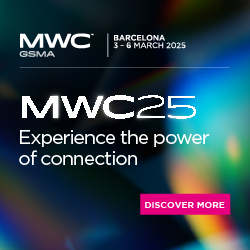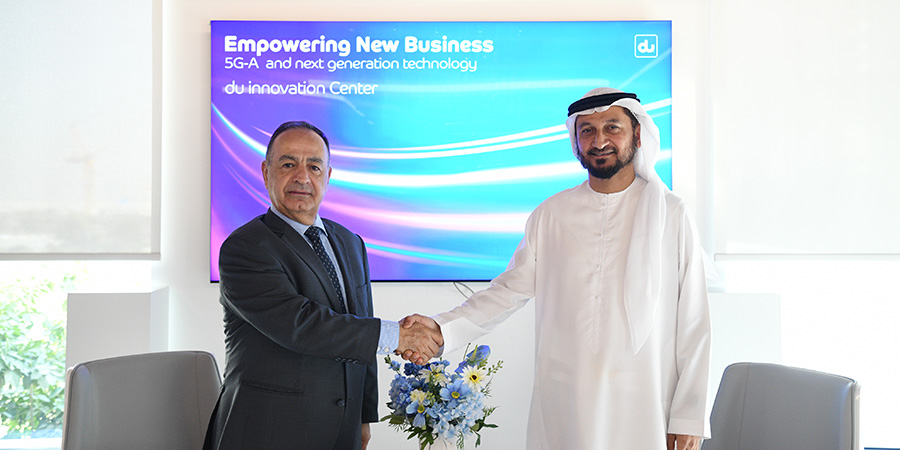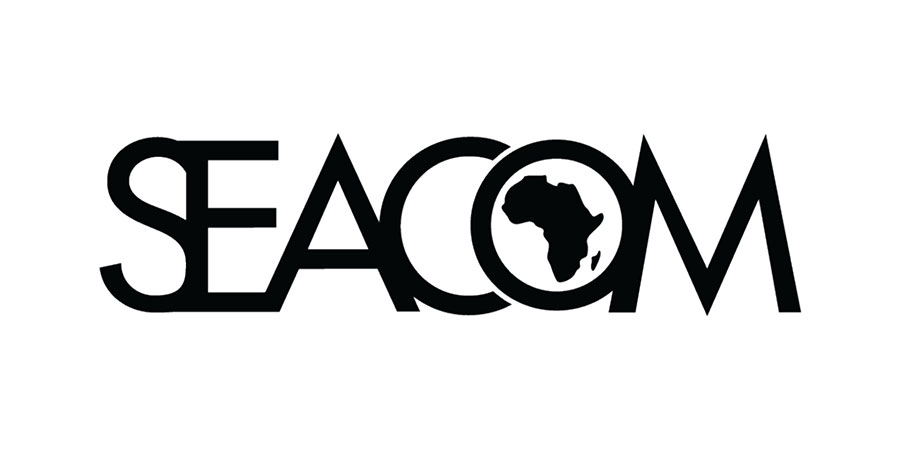Enterprise connectivity provider, Seacom, announced it had enhanced its national high capacity fiber network with the rollout of services along the N1 connecting Johannesburg, Bloemfontein and Cape Town as the first phase of its national rollout.
“Capacity will be added to other key national routes, interconnecting Johannesburg, Bloemfontein, Durban, East London and Kimberly in the next phase of the rollout,” the company said
The next step now is to make sure that the increased capacity can reach beyond the major hubs and into many of the smaller metros across South Africa.
“The N1 route traverses the spine of South Africa and has become the backbone for both current and future undersea cable systems which land on the East and West Coasts and connect major public cloud providers to the country’s major metros”, the company added. This enables fully redundant high-speed ring protection for diversity around the African continent.
Of the numerous benefits, the enhancement offers to customers a range of options, including end-to-end ‘express routes’ connecting major metros to major data centres, national long-distance services, as well as last-mile metro and town connectivity.
Upon initial activation, Bloemfontein and Worcester will immediately benefit from 100Gbps connectivity speeds, with Colesberg, Beaufort West, Laingsburg and Touswriver connecting at 10Gbps. According to Seacom, this will enable the provision of competitive business connectivity solution to these towns which, in the past, had limited access to high capacity internet and cloud service options. The second phase of the N1 Light Up project will see additional towns connected along the route.













